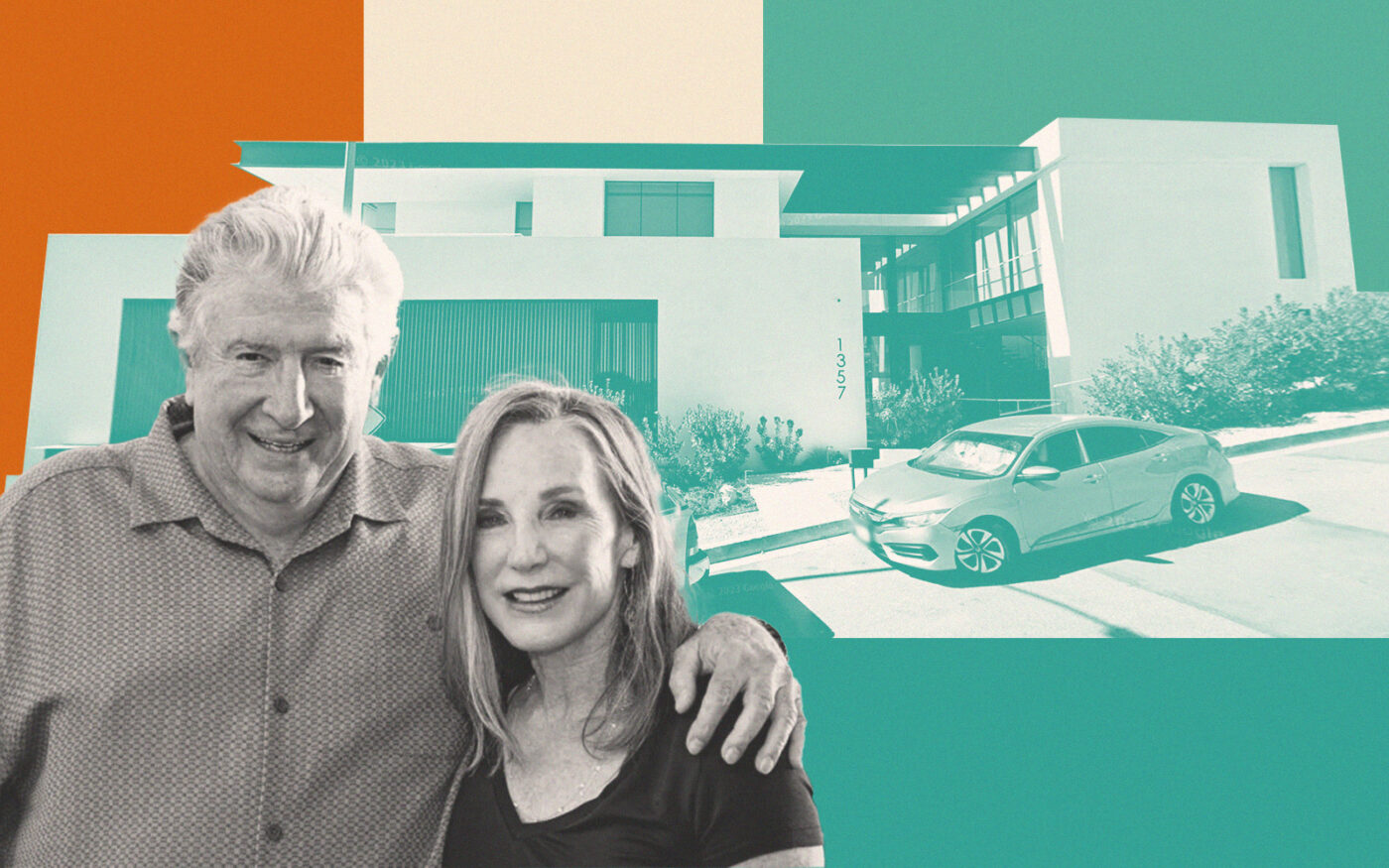According to a recent study conducted by Realtor.com, the economic landscape of housing in the United States has seen a profound shift. As of February 2024, the disparity between renting and buying homes has reached staggering heights. The findings reveal an eye-opening statistic: it is now 60.1% cheaper, on average, to rent a home than to buy one across the top 50 largest metros in the country.
Unveiling the Analysis
The study conducted a thorough analysis to uncover the significant cost differences between renting and buying homes in major U.S. cities. Realtor.com researchers focused on the top 50 metropolitan areas by population to provide the most encompassing view. They unveiled their investigation in a multi-step process.
First, the researchers defined the scope by selecting "starter homes" ranging from zero to two bedrooms, providing an apples-to-apples unit of analysis across varying housing markets. This allowed for standardized cost comparisons.
They then methodically gathered monthly ownership expense data, including hard costs like mortgage payments, taxes, and insurance that buyers must pay. Additional fees mortgagees incur were also incorporated to present the full financial picture of owning.

Once assembling the cost baseline for buying, the analysts collected median rent prices for the same markets and unit types to have matching rental data. By obtaining costs at the same point in time for both options, direct cost comparisons could be reliably made.
The researchers calculated not just raw dollar figures but also percentage differences, unveiling in many cities rents were over 100% lower than ownership expenses. Such insights into relative pricing were illuminating.
By conducting the study across 12 months, they could also observe cost shifts over time. Plunging rents versus modest buying price drops inflated the buying-renting gaps.
The City-by-city Breakdown
The study provided an illuminating insight into housing affordability at the local level with a city-by-city deep dive. It revealed the disparity between renting and buying varies significantly depending on location.
- Austin, Texas had by far the largest rent vs. buy gap of any city. Renting was $2,165/month (141.5%) cheaper than buying in Austin.
- Seattle's rent-buy difference was the 2nd largest, with rents that were $2,422/month (121.1%) below mortgage + taxes + insurance costs.
- In 3rd was Phoenix, where rents were nearly half (99.8%) more affordable than owning. The monthly rent was $1,528 less than buying.
- California tech hubs like San Francisco, Los Angeles, San Jose, and Sacramento all saw rent savings exceeding 98-114% vs. buying.
- San Francisco provided the highest dollar amount savings, with rents $3,422/month lower than ownership costs.
- Nashville, Tennessee's gap was sizeable at 82.9% cheaper to rent. Rents were $1,493 less per month than buying.
- Portland, Oregon (89.3% rent savings) and Houston, Texas (80.5% rent savings) rounded out the top 10 cities.
- Cities like Memphis, Birmingham, Pittsburgh, and Baltimore flipped in the past year from narrow to substantial rent advantages.
Rent increases slowed more than purchase price drops in expanding the rent-buy differences.

The analysis offered metro-level insights to gauge affordability challenges across various local housing markets.
The analysis also looked at changes over the past year. Several cities like Memphis, Birmingham, Pittsburgh, and Baltimore transitioned from narrower discrepancies to unmistakably favoring renters, highlighting housing trends' local nuances.
By granularly breaking down affordability measures market-by-market, policymakers can better gauge each area's specific needs. Homebuyers obtain clear guidance on better long-term financial decisions for their locations.
The city-by-city lens provided compelling visualizations to grasp the housing challenges' diverse nature across America. It spotlighted where interventions may most effectively make the homeownership dream reachable once more.
A Closer Look at the Stragglers
While cities like Austin, Seattle, and Phoenix dominated the discussion with six-figure rent versus buy differentials, several other notable metros still exhibited strong advantages to renting.
San Francisco, as one of the nation's premier tech hubs, exemplified the stratospheric costs of owning. Monthly rents undercut prices for buyers by over $3,400. Nearby Los Angeles and the Silicon Valley epicenter of San Jose also boasted rent reliefs exceeding six figures annually.

The state capital of Sacramento retained charm for renters thanks to rents almost $2,500 less per month. Meanwhile, Nashville, known for its lively music scene and Southern vibrance, saw monthly rents undercut buying by $1,493.
Portland, a hub of progressive culture and outdoor recreation, afforded renters nearly $1,800 in housing cost mitigation each month. Further south, the sprawling city of Houston demonstrated rental relief of $1,388 per payment.
Collectively, these housing stalwarts tell a tale of rental dominance thriving from coast to coast. Whether attracting tech pioneers or cultural tastemakers, their exorbitant home prices solidified renting as the most pragmatic choice.
While less prominent than the outfront leaders, a closer look revealed cities from San Francisco to Houston still saw homebuying dwarfed by rental affordability. They provided nationwide proof points underscoring the research findings across diverse regions.
Evolving Trends Over Time
The study provided valuable insights into how the relationships between renting and buying have pivoted over the prior twelve months. In February 2023, renting held an edge in affordability within 45 of the largest 50 cities. However, between then and February 2024, the analysis detected an important trend unfolding.
Five additional cities spontaneously flipped their positions to prefer renters - Memphis, Birmingham, Pittsburgh, St. Louis, and Baltimore. This demonstrated the housing picture is fluid and determinations from even just a year ago may no longer hold truth. As market conditions evolve stealthily, comparative costs can shift the calculus on either side.

The accelerating transition of these five metro areas highlights broader economic tides influencing rent vs. buy analyses. Namely, sharply rising mortgage rates during 2023 priced far more people out of homeownership. Meanwhile, rental price inflation decelerated more rapidly than purchase costs did.
These contrasts inflated the renting residuals in more localities. The transformation of nearly 10% of the study pool in a short time emphasizes housing affordability is tightly linked to interest rate swings and inflation differentials. Ongoing monitoring is needed to stay abreast of transforming landscapes.
Related: Why Renting Near Public Transportation Has Become Pricier?
Unveiling the Catalysts
The study delved into the underlying drivers propelling the accelerating preference for renting uncovered throughout their analysis. Specifically, it pointed to the potent impact of diverging mortgage rates and rental costs.
Over the past year leading up to February 2024, mortgage interest rates swelled considerably. The average rate on a 30-year fixed mortgage climbed from 6.26% to 6.78% - a sizable 0.52% increase. This surgetranslated to meaningfully larger required monthly payments for new homeowners.
At the same time, rental prices took a divergent path, falling instead of rising. Nationally, rents declined 4.44% from February 2023 to 2024. This steep drop afforded immediate savings relief for renters moving or renewing leases.

The juxtaposition between soaring buying expenses tied to mortgage rates and contracting monthly rents exposed in the study's catalyst unveiling demonstrated their profound influence. Where rates rise, homeownership becomes progressively more difficult to attain.
And with rents moving conspicuously in the opposite direction, remaining or becoming a renter emerged as the conspicuously smarter financial choice. This insight foreshadows rates will remain a pivotal determinant of affordability if they continue an upward trend.
By illuminating mortgage rate increases and rental price reductions as the primary forces widening the chasm between renting and buying options, the analysis provided crucial context around the shifts transforming the contemporary housing landscape.
The Verdict
The findings of the Realtor.com study paint a clear picture: renting has emerged as a significantly more affordable option compared to buying across the vast majority of major housing markets in the United States. As prospective homeowners navigate these turbulent waters, they are faced with a pivotal decision that extends beyond mere financial considerations. It underscores the intricate interplay between economic forces, lifestyle choices, and long-term financial planning. In this ever-evolving landscape, the choice between renting and buying transcends mere numbers; it embodies a broader narrative of adaptability, flexibility, and the pursuit of the quintessential American dream of homeownership.




